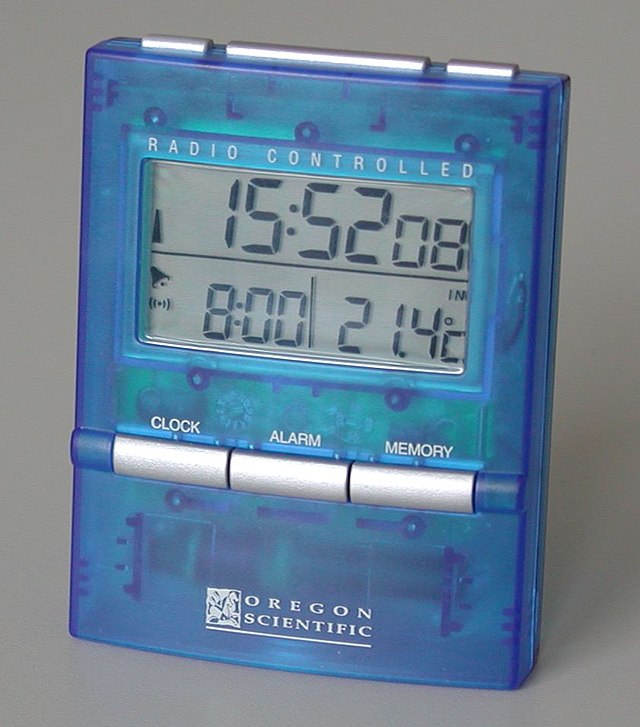Digital
discrete, discontinuous representations of information or works, as contrasted with continuous, or analog signals which behave in a continuous manner, or represent information using a continuous function From Wikipedia, the free encyclopedia
Remove ads
A digital system is a something that represents information by using digits. Each digit represents a small amount of information because each digit comes from a small set of choices. A digit can be decimal (one of the ten choices from 0 through 9), as in the display of a digital clock. A digit can be binary (either 0 or 1). A binary digit is called a bit. Digital computers and digital communication like the internet usually use binary. The meaning of each bit depends on the place where it is used. For example, a bit can represent 'Yes' or 'No', or it can represent 'True' or 'False'. A large amount of information, like a picture, can be represented by using a list of many bits.

A digital system is different than an analogue (US- analog) system, which represents information in a continuous way.
The word digital is most commonly used in computing and electronics.
Blu-ray On Digital Copy And Digital HD
Remove ads
Usage
Wikiwand - on
Seamless Wikipedia browsing. On steroids.
Remove ads
